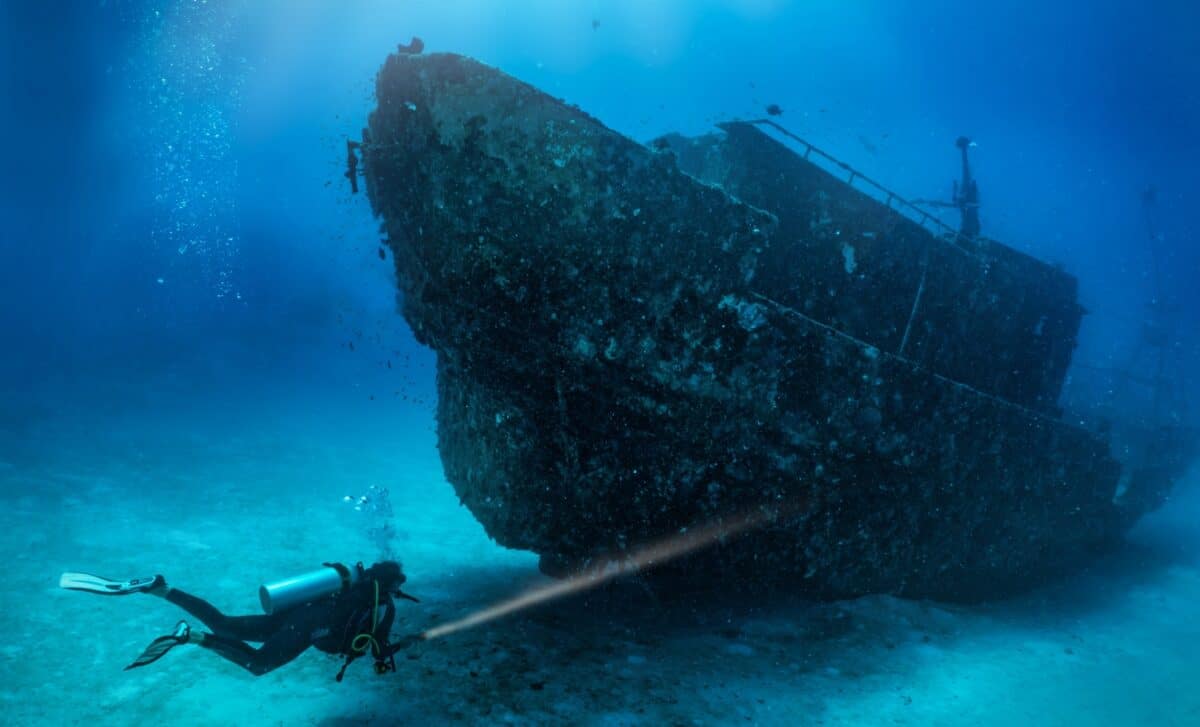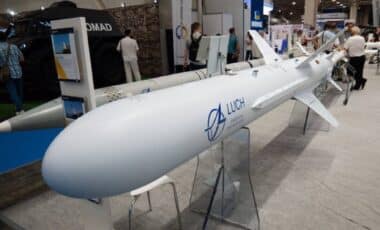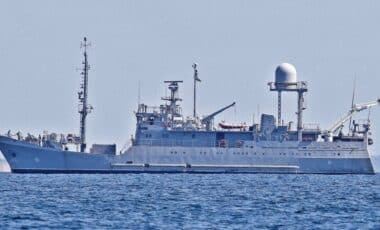The French Navy has achieved a remarkable archaeological feat, uncovering a Renaissance-era merchant ship at a depth of 2,567 meters (8,421 feet) beneath the Mediterranean Sea. Located near Saint-Tropez, this unprecedented discovery sets a new national depth record, offering invaluable insights into 16th-century maritime commerce. The find has drawn attention from historians and archaeologists around the world, marking a significant milestone in deep-sea exploration, reports Farmingdale Observer.
The ship, temporarily named “Camarat 4,” is in extraordinary condition, preserved by the cold temperatures, absence of light, and minimal water currents at this profound depth. The discovery sheds new light on the trading networks of the Mediterranean during the Renaissance, and it highlights France’s growing expertise in underwater archaeology. While the discovery is groundbreaking, it still remains second to the world record holder, the USS Samuel B. Roberts, a World War II shipwreck found at 6,895 meters in the Philippine Sea.
Will North Korea Provide Military Aid to Iran Against Israel? The Verdict Is In
Historic Shipwreck Discovery Breaks National Record
Using advanced underwater drone technology, the French Navy recently located the 16th-century merchant vessel, which measures approximately 30 meters in length. The wreck was found in near-perfect condition, an achievement made possible by the deep-sea environment, which protects the ship from the degradation typically caused by marine organisms in shallower waters. The ship is in what scientists are calling a “time capsule” state, offering rare preservation of the past.
According to the French Navy, the near-freezing temperatures and lack of light and currents at this depth have effectively prevented the ship from experiencing the usual wear and tear. The discovery sets a new record for France, although it still falls short of the world record, held by the USS Samuel B. Roberts, a U.S. destroyer that lies at a greater depth in the Philippine Sea. The U.S. vessel, found by explorer Victor Vescovo in 2022, rests at a depth of 6,895 meters, which is over two and a half times deeper than Camarat 4.
Renaissance Trade Secrets Preserved in Mediterranean Depths
Among the remarkable findings at the site, archaeologists discovered nearly 200 ceramic jugs, some decorated with crosses and the religious symbol “IHS.” Other items recovered from the cargo hold include iron bars, dishware, a cannon, and a complete anchor. These artifacts offer insights into Renaissance trade practices and the sophisticated commercial operations that connected Mediterranean ports.
The presence of iron bars, considered a strategic resource during the Renaissance, underscores the value of such materials during that era. Similar to today’s lithium-ion batteries, iron was essential for manufacturing goods, and it was carefully wrapped in plant fibers to protect it from moisture during transport.
The discovery of these artifacts confirms the vessel’s role in facilitating trade in the Mediterranean, a region known for its bustling maritime commerce during the Renaissance.
Technology Enabling Exploration of Extreme Environments
The discovery of Camarat 4 is a testament to the remarkable advancements in deep-sea exploration technology. According to the French Navy, the operation involved remotely operated vehicles (ROVs) equipped with 4K cameras, 3D mapping capabilities, and robotic arms, which enabled the team to examine the wreck without direct human intervention at these extreme depths. Operating at 2,567 meters underwater, where the pressure exceeds 250 times that at sea level, posed significant challenges.
This technological achievement represents a major collaboration between France’s Department of Underwater Archaeological Research (DRASSM) and the French Navy. The tools used during the mission allowed researchers to explore the wreck in a way that would have been impossible just a few decades ago.








